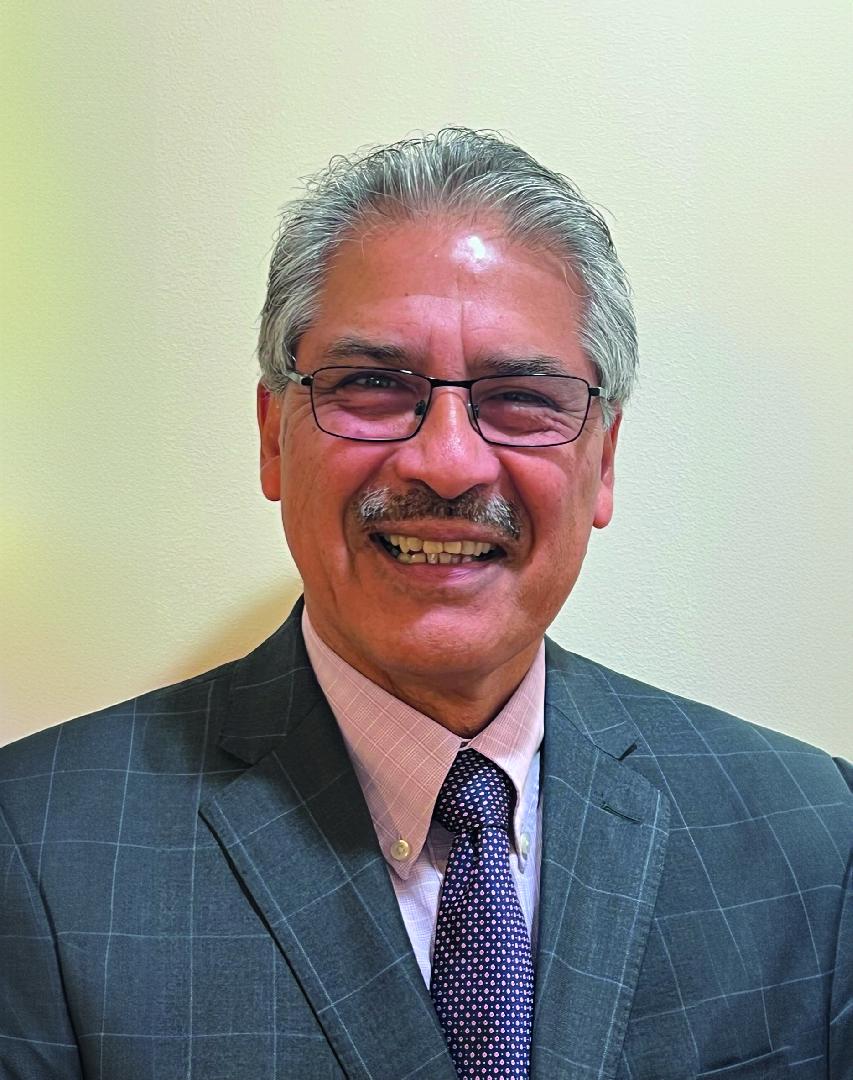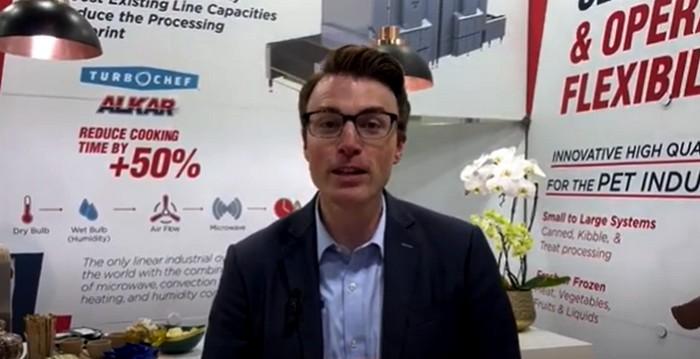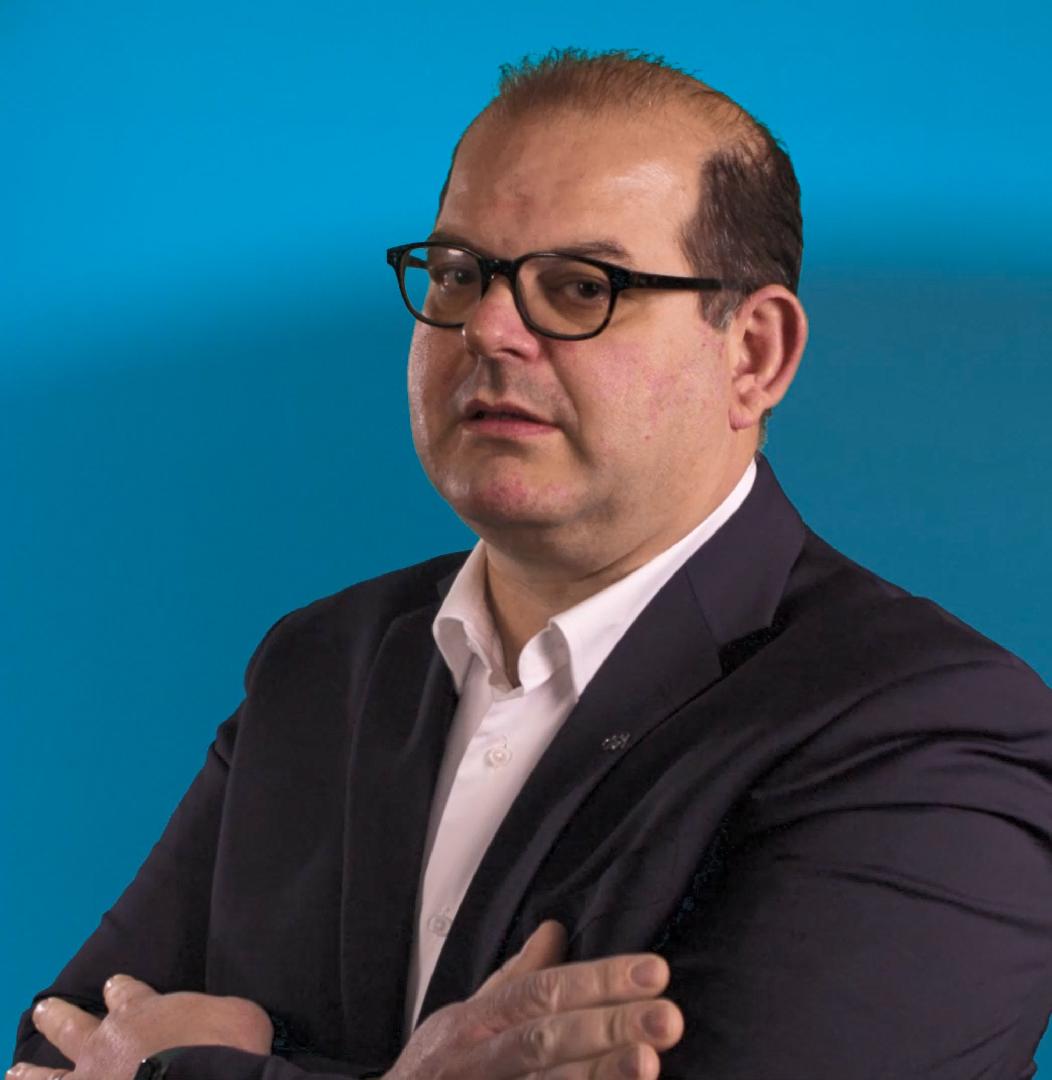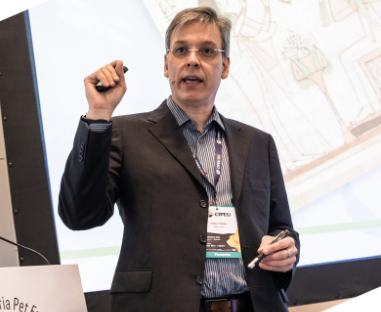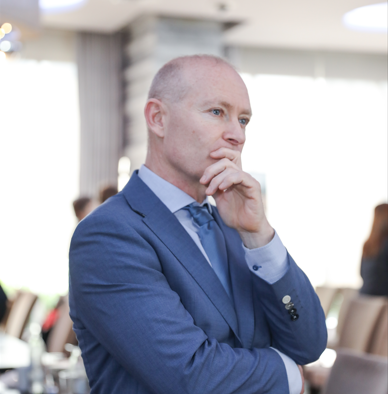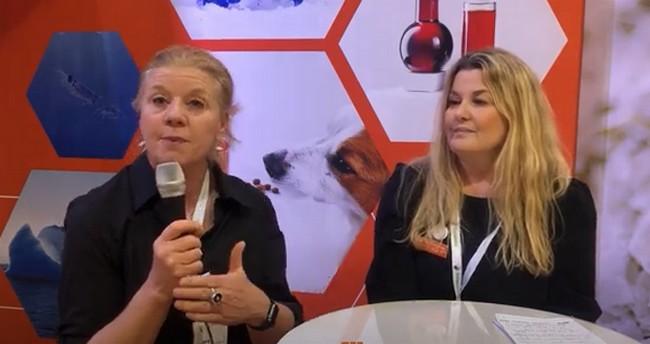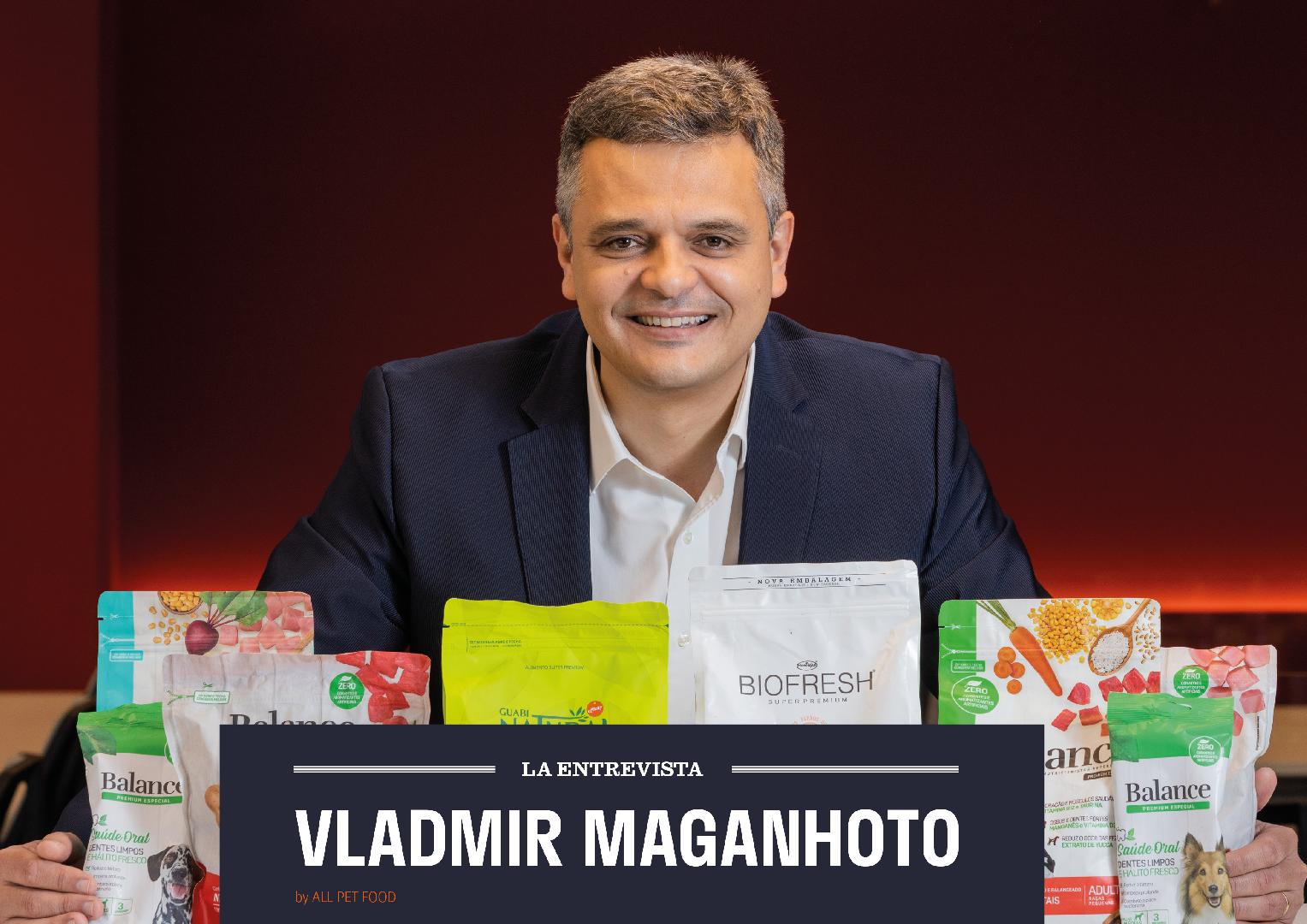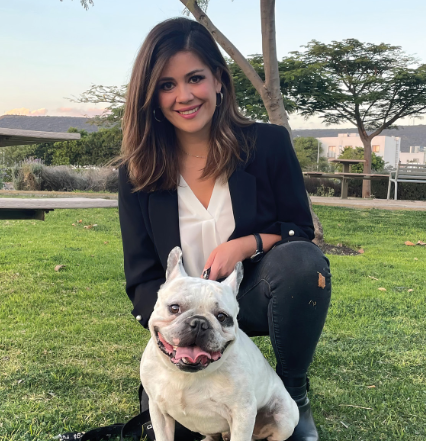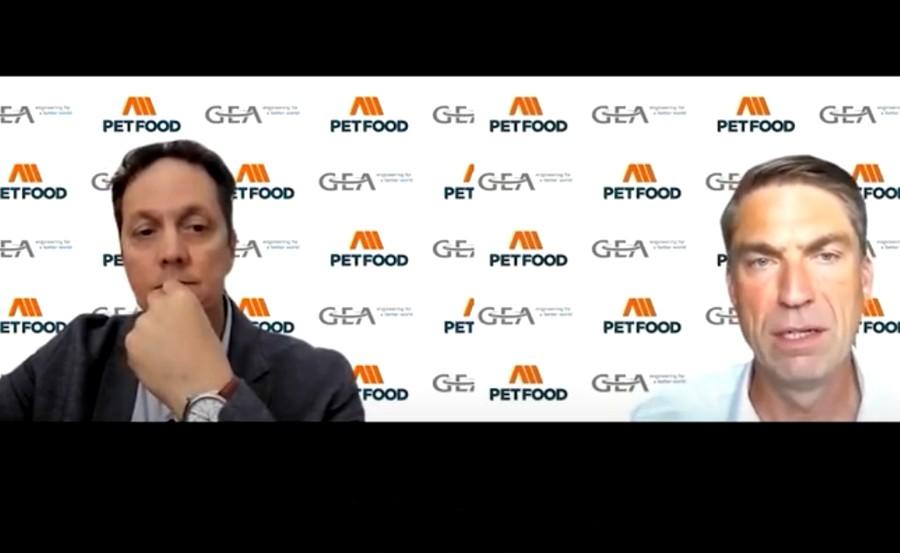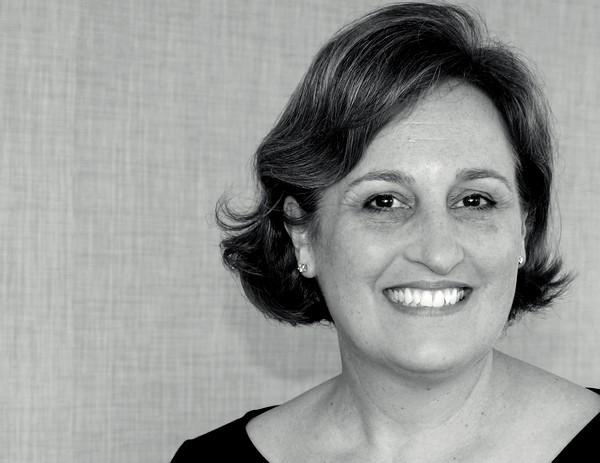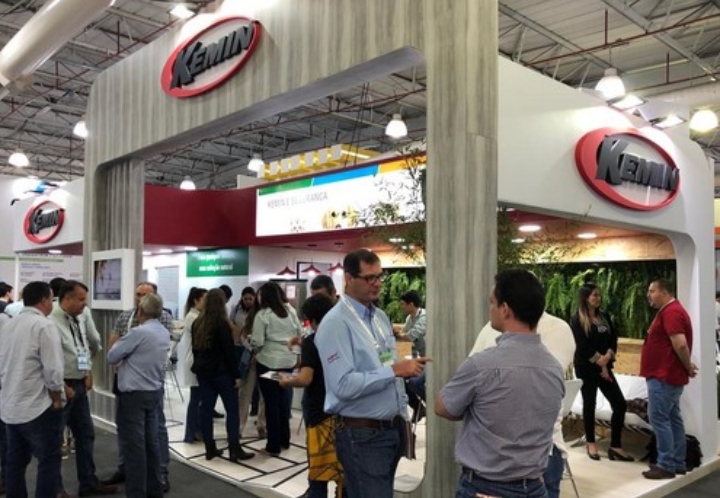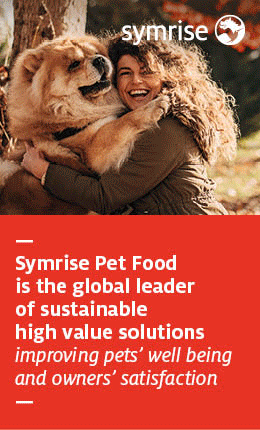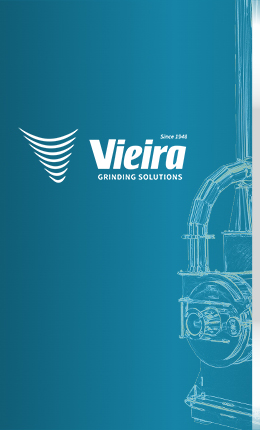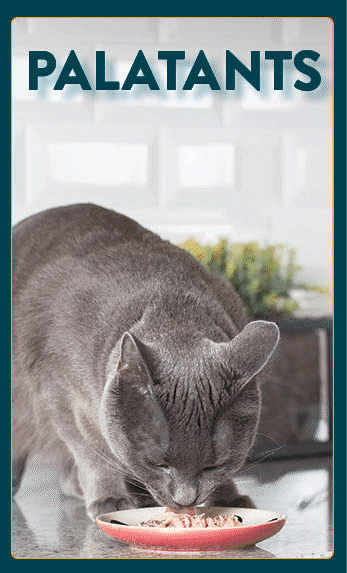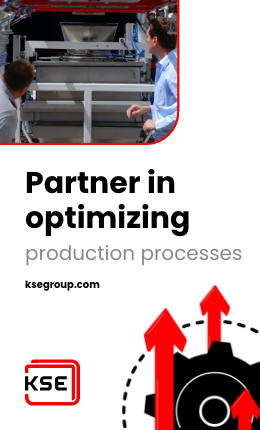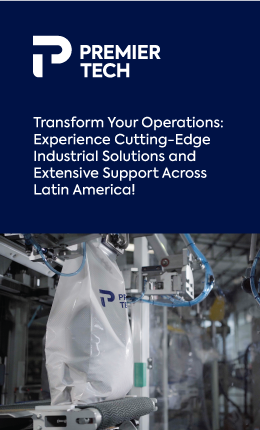
8+ MIN
21/12/2022
Interview with Francisco Ríos - Director of Corporate Affairs at Mars Pet Nutrition, México
Please, tell us a little about your professional career.
For more than 15 years, I have been in the areas of Communication, Institutional Relations, and Public Policy and, since 2017, I have been part of Mars in the Mars Pet Nutrition Mexico division, as Director of Corporate Affairs.
Before joining Mars, I was in charge of the Directorate of Government Relations and Public Policy for Latin America at Kellogg Company. I have been part of different councils, chambers, and associations, as well as foundations that support social causes related to child malnutrition and food banks, and now I work very closely with those that promote animal welfare.
I like that, through my work, I promote the business leveraged by the purpose of MARS Petcare to make A Better World for Pets, as well as manage and influence allies in key spaces for it to continue operating successfully.
Can you give us a small presentation of the company? What is its mission in the market?
Mars Petcare is one division of the company, a family business with more than a century of history and a presence in 80 countries. We are world leaders in pets' health and nutritional needs. Through our brands: PEDIGREE®, WHISKAS®, CESAR®, CHAMP®, PAL®, and SHEBA®, and the expert care of BANFIELD® veterinary hospitals, we work to offer a whole portfolio of options, seeking to grow our brands through our inspiring purpose "A BETTER WORLD FOR PETS." For this reason, we make healthy, safe, and nutritious products, offering different options tailored to the characteristics and needs of dogs and cats, which are now present in 7 out of 10 homes.
Today, Mars Petcare Mexico is the 4th market for the company globally. In our country, in the pet food division, we have 4 manufacturing plants located in Queretaro and Jalisco to satisfy local demand and those from other regions.
What are the main challenges for the company to continue improving and growing? What is the growth focus for 2023? What do you think is essential to focus your efforts on?
The first great opportunity is to take advantage of caloric conversion, which, in Mexico, being less than 50%, represents a great potential to keep growing. In other words, this means that our portfolio of complete and balanced foods is a great alternative for the adequate nutrition of dogs and cats (compared to those who give them homemade food) because today, relationships with pets have evolved, and they will continue that way. They occupy a closer place in our house and are part of our family. This closer relationship and genuine interest in improving their lives have led consumers to be more aware of the importance of balanced meals to take care of their health and, therefore, their diet. We see the pet food category continue with double-digit growth driven by the transformation of the role of dogs and cats within the family dynamic.
One of our main focuses is also to keep promoting the wet food market for pets since it is growing faster than the category. We also have a great opportunity in two other sectors, one is everything related to cats since the dynamics of this pet in cities with smaller living spaces makes it a great companion that can stay alone at home.
Another important trend is the search for more natural foods that provide nutritional balance and help pets lead healthier and happier lives. We will keep working to assist more pets worldwide, offering complete and balanced foods through our different brands and variety of products. Some of our most recent proposals are, for example, WHISKAS® Balance of Nature and CHAMP® in the dog food category, both products without dyes and with the essential nutrients they need, thus contributing to their quality of life and providing a healthy balance in your diet.
As a company, our goal is that there are no more animals living on the streets. For 14 years, we have been working with strategic allies, such as shelters, associations, and even clients, to promote the adoption of pets and responsible ownership while promoting our purpose. Some of our initiatives are focused precisely on supporting, through the shelters of our PEDIGREE® Adopt Me program and other key allies, sterilization campaigns, and enabling more pet-friendly spaces that allow pets and their guardians to strengthen the bond. For example, we work with shopping centers to provide guidance on the right infrastructure and amenities to enable pet-friendly spaces, always prioritizing animal welfare.
What innovative proposals are approaching the market?
We, at Mars Petcare, as industry leaders, seek that the nutritional proposal of our brands has the scientific support of the Waltham Research Center, in addition to always prioritizing quality as one of our Five Principles. In particular, we were pioneers in the proposal of wet food for pets in different formats such as pâté and fillets, while in oral health, we also have a great product: PEDIGREE® Dentastix, which due to its exclusive shape and active ingredients help reduce plaque formation and dental tartar.
As a business, a large part of our innovation proposals is anchored in the importance of linking our operation with our purpose. We have set ourselves the objective of promoting initiatives that ensure there are no more dogs on the streets, promote responsible adoption, and encourage pet-friendly culture to be part of our society. For example, our PEDIGREE® Adopt Me Web App seeks to take advantage of digital tools to bring those individuals or families interested in adopting a new member to their family closer together so that now they can do so more easily. In 2021 we inaugurated the first stadium with a 100% pet-friendly space in the world in Querétaro, just 2 hours from Mexico City, the Corregidora stadium. This pet-friendly space, like many others we support, arises to continue strengthening the bond between people and pets for all the benefits they bring to our lives. Finally, another example is the podcasts Ciudad para las mascotas, available on digital platforms, in which pet managers can learn more about how caring for their dogs and cats and welcoming them as part of the family helps us be more connected, healthy, and happy.
What is the expansion projection for 2023?
At the beginning of this year, we announced a total investment of 100 million dollars (2,100 million pesos) over the next three years, which will allow us to double the production capacity of our wet pet food plant located in Queretaro.
This project is generating 600 temporary jobs and will welcome more than 100 new Associates. The expansion will be ready in the third quarter of 2023 (an 18-month project), and will allow us to double our production capacity by installing 12 production lines to manufacture an additional 40,000 tons per year, allowing 70,000 tons of product annually. This represents more than 55 million Envelopes® of wet food per month for the PEDIGREE®, WHISKAS®, CESAR®, AND SHEBA® brands.
In relation to the trends in the industry, such as the high humanization of pets or changes in food, what changes have you made in your production process, technologies, or products?
Our product's innovation and evolution is essential for us. That's why we are constantly strengthening our product portfolio to offer the best nutrition to dogs and cats, focusing on different types of food, textures, benefits, and experiences to satisfy the needs of those responsible for pets and also those of companion animals.
We strive to have the correct presentation (size and price) in the different distribution points where our consumers want to find us. For example, we recently renewed the PEDIGREE® portfolio, including our Biscrock snacks, in addition to launching the PEDIGREE® High Protein variety in its dry and wet technology, the new Dentastix® Meat, we launched two new varieties of our cat food, with WHISKAS® sterilized cats and WHISKAS® protein mix, as well as our WHISKAS® Premium snacks, always under the scientific support of the WALTHAM® research center, the world authority in pet nutrition research that defines the nutritional, quality, and food safety standards for all MARS brands.
What policies has the company adopted in terms of circular economy and sustainability?
We believe that the world we want tomorrow begins with the way we do business today. That's why, at the heart of our strategy, is our "Sustainability in a Generation Plan," where the planet is healthy, people and pets thrive, and society is inclusive. Based on this plan, we managed to bring to life initiatives that address key areas of the United Nations Sustainable Development Goals and that include ambitious purposes based on scientific data.
We have the goal of reducing our water use by 50% by 2025 to achieve a water balance in all our plants in Mexico. This commitment will allow us to contribute to the recovery of more than 42,000m3 of water in all our plants in the country. We are proud to join three projects hand in hand with strategic associations focused on water recovery to achieve a significant impact:
Metropolitan Environmental Fund of Monterrey A.C., for the restoration of the Cumbres de Monterrey National Park, promoted by our two candy and confectionery plants located precisely in Nuevo León.
Our pet food plants in Queretaro, Jalisco, and the chocolate plant in the State of Mexico join 'El Fondo de Agua Cauce Bajío' in collaboration with Nuup and the Secretary of Agri-food and Rural Development of Guanajuato.
The Jalisco plant joined the Charco Bendito project in 2021 for comprehensive restoration of water care in a section of the Arroyo Grande micro-basin.
What do you consider to be the main current challenges for the growth of the industry?
In Mexico, the pet food market is the fourth most important market, for us at Mars, this continues to represent a scenario of great opportunities. In the coming years, the concept of "value for money" will continue to gain relevance, companies must maintain diversity in their product portfolio, covering the different needs of customers and their pets while adapting to new purchasing trends with innovative proposals.
A clear example of the changes in the market for the coming years is the new generations who will continue to be relevant to the industry. In addition, according to our study "Homeless Pets Index (IMSH)", 62% of those surveyed expressed interest in adopting a cat and 77% a dog, so we need to be ready. We are positive about the category's performance, thanks to a mix of factors, including the market, business decisions, and doing the right thing for pets and their guardians, our customers, and our company.
Any comment or information you want to add is more than welcome!
At Mars, we are proud to be a family-owned business with the ability to invest long-term in the future of our business, our people, and the planet, all guided by our Five Principles.
We believe that the world we want tomorrow begins with the way we do business today. We will continue to work to improve the well-being of families and their pets around the world, and we will continue to share our research and innovations to create a better world for pets, so every day we are a little closer to the world we want tomorrow.
Source: Mars Pet Nutrition
